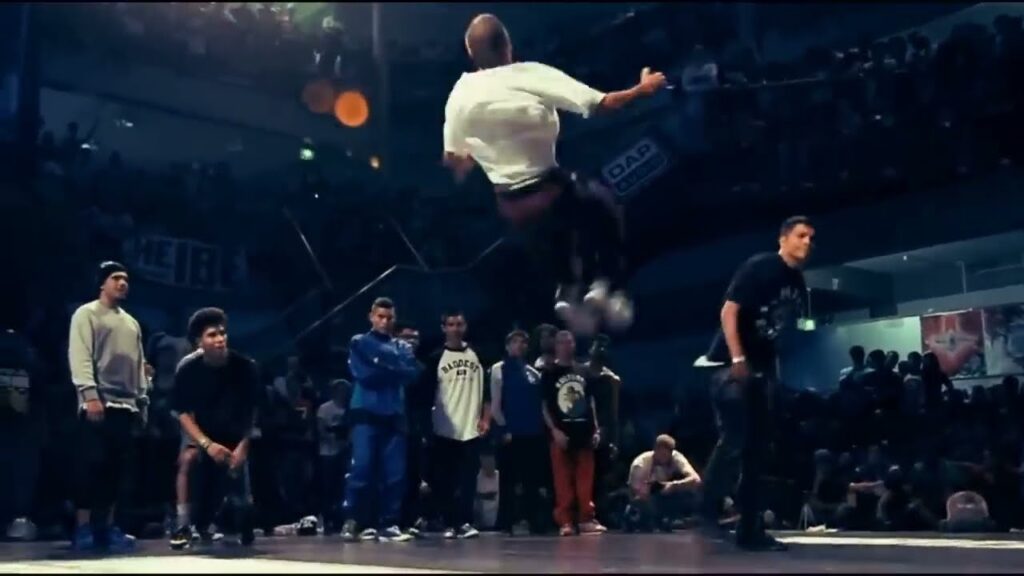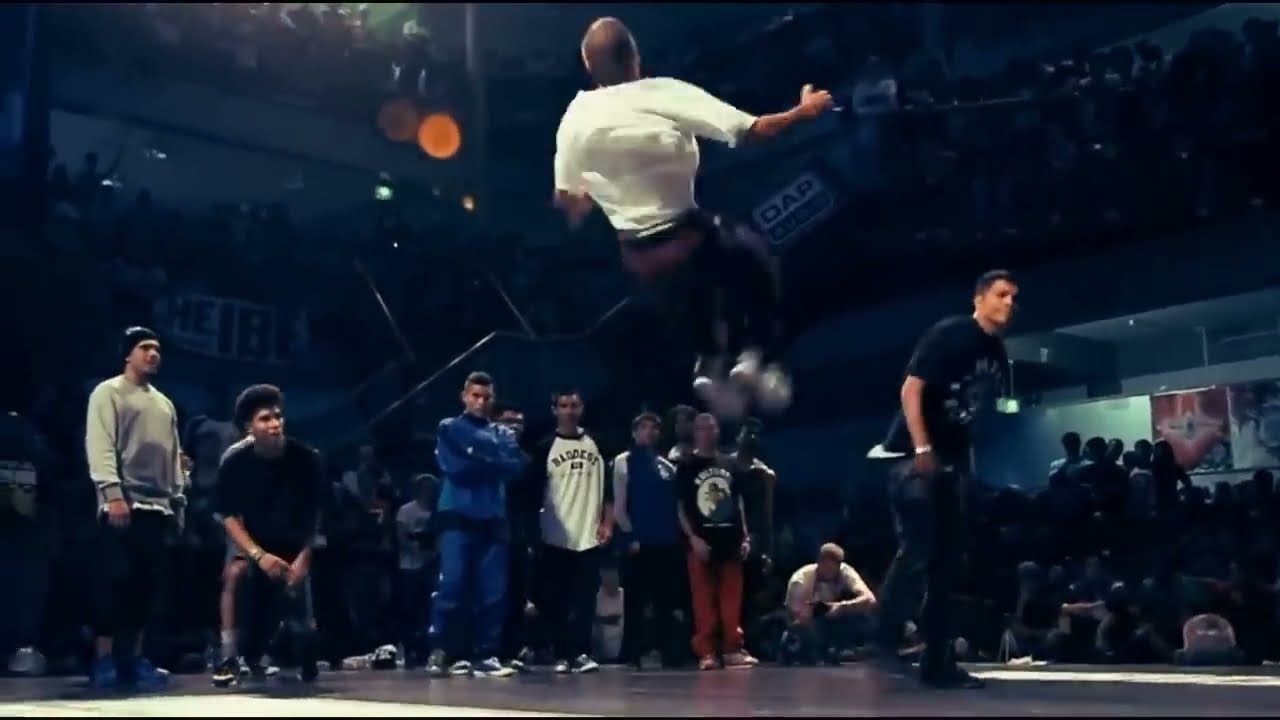
Breaking Down the Beat: How Break Dance and Hip Hop Music Became Synonymous
The explosive energy of break dance, often stylized as breaking, is inextricably linked to the raw, rhythmic power of hip hop music. This dynamic duo, born from the streets of 1970s New York City, represents more than just a dance style and a musical genre; it embodies a cultural revolution. Understanding the symbiotic relationship between break dance and hip hop music requires delving into their shared origins, evolution, and enduring influence on global culture. From block parties in the Bronx to Olympic stages, the story of break dance and hip hop music is a testament to the creativity and resilience of a community determined to express itself.
The Genesis: Block Parties and the Birth of a Movement
The foundation of both break dance and hip hop music lies in the vibrant block parties that pulsed through the Bronx in the 1970s. Economic hardship and social neglect fueled a desire for community and self-expression. DJs like Kool Herc, Grandmaster Flash, and Afrika Bambaataa began experimenting with turntables, isolating instrumental breaks in funk and soul records and looping them to create extended dance sections. These “breaks” became the soundtrack for a new form of dance that would later be known as break dance.
These early parties weren’t just about music; they were about community. Herc’s innovative DJing techniques, including the “Merry-Go-Round” where he switched between two turntables to extend the break, created an infectious energy that drew crowds and inspired dancers to push their physical limits. This was the birthplace of the b-boy and b-girl, terms used to describe those who danced during the breaks. The “b” stood for “break,” highlighting the direct connection to the music.
From the Bronx to the World: The Evolution of Break Dance and Hip Hop
As hip hop music evolved, so did break dance. Early moves were heavily influenced by martial arts, gymnastics, and other dance forms. Dancers developed signature moves like the toprock (upright dancing), downrock (footwork on the floor), power moves (acrobatic feats like windmills and headspins), and freezes (poses held in place). Crews, or groups of dancers, formed, competing for bragging rights and honing their skills.
The 1980s marked a period of significant mainstream exposure for both break dance and hip hop music. Films like “Wild Style” and “Beat Street” brought the culture to a wider audience, showcasing the energy and artistry of the movement. Hip hop music artists like Run-DMC, LL Cool J, and Public Enemy gained international recognition, further solidifying the connection between the music and the dance. [See also: The History of Hip Hop Fashion]
However, the commercialization of hip hop music also led to some divisions within the community. Some argued that the focus on record sales and mainstream appeal diluted the original spirit of the culture. Despite these debates, break dance continued to evolve, with dancers pushing the boundaries of athleticism and creativity.
The Symbiotic Relationship: Music Inspiring Movement, Movement Inspiring Music
The relationship between break dance and hip hop music is not simply one of accompaniment; it’s a dynamic interplay of inspiration. The rhythm and energy of hip hop music provide the foundation for break dance, dictating the tempo, the mood, and the overall feel of the dance. Dancers respond to the music, interpreting its nuances and translating them into movement. A hard-hitting beat might inspire a powerful power move, while a more melodic groove might call for intricate footwork.
Conversely, break dance has also influenced hip hop music. The visual spectacle of breaking, with its gravity-defying moves and dynamic energy, has become an integral part of hip hop music performances. Many music videos feature break dance prominently, further solidifying the connection between the two art forms. The energy and attitude of breaking have also permeated hip hop music culture, influencing the style, the fashion, and the overall aesthetic.
Break Dance Today: From the Streets to the Olympics
Despite facing periods of decline and resurgence, break dance has remained a vital part of hip hop music culture. Today, it is experiencing a global renaissance, fueled by increased media attention, online communities, and the dedication of dancers around the world. Breaking is now an Olympic sport, making its debut at the 2024 Paris Games. This historic moment marks a significant milestone for the dance form, bringing it to a global stage and recognizing its athleticism and artistry.
The inclusion of breaking in the Olympics has sparked both excitement and debate within the break dance community. Some worry that the competitive structure will undermine the artistic and cultural aspects of the dance. Others see it as an opportunity to elevate the status of breaking and to inspire a new generation of dancers. Regardless of these differing opinions, the fact remains that break dance has come a long way from the block parties of the Bronx.
The Enduring Legacy: Break Dance, Hip Hop Music, and Cultural Impact
The story of break dance and hip hop music is a story of cultural innovation, community empowerment, and artistic expression. Born from the struggles and aspirations of a marginalized community, these art forms have transcended their origins to become global phenomena. The influence of break dance and hip hop music can be seen in music, dance, fashion, art, and popular culture around the world.
Break dance and hip hop music continue to evolve, adapting to new technologies and incorporating new influences. However, the core principles remain the same: creativity, innovation, and self-expression. As long as there are people who want to express themselves through movement and music, break dance and hip hop music will continue to thrive. The legacy of the Bronx block parties lives on, inspiring generations to break down barriers and express themselves through the power of rhythm and movement. The connection between break dance and hip hop music remains strong, a testament to the enduring power of art to transform lives and communities. [See also: The Evolution of Hip Hop Lyrics]
In conclusion, break dance and hip hop music are more than just dance and music; they are cultural forces that have shaped the world. The intertwined history and symbiotic relationship between these two art forms serve as a powerful reminder of the importance of community, creativity, and self-expression. As break dance takes its place on the Olympic stage, and as hip hop music continues to evolve, their legacy will undoubtedly continue to inspire and influence generations to come.
